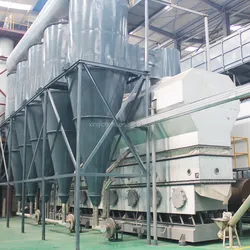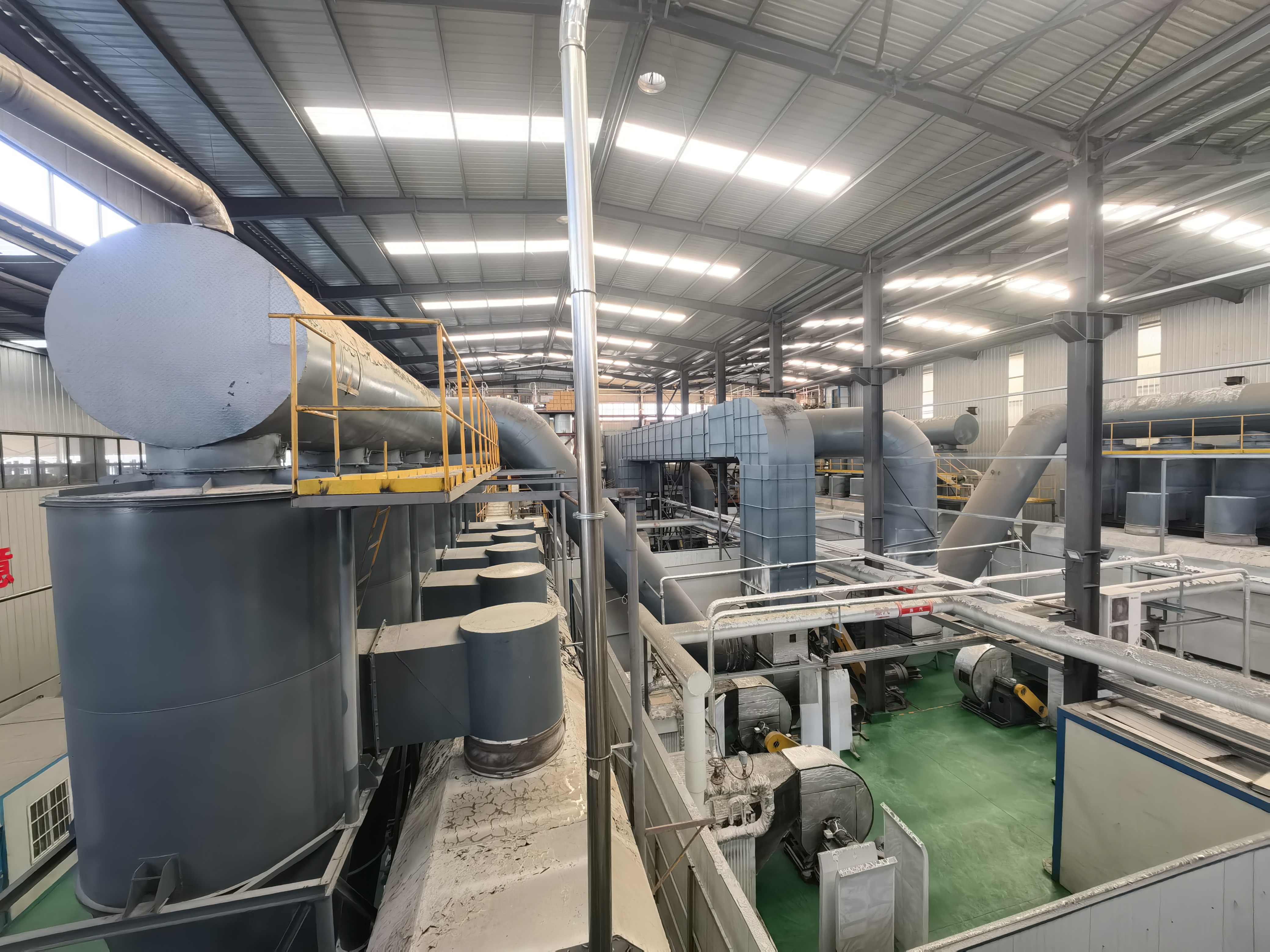What Is Polyacrylamide? Discover Its Applications and Benefits
Introduction to Polyacrylamide (PAM)
Polyacrylamide, often abbreviated as PAM, is a versatile polymer known for its exceptional water-absorbing and thickening properties. It is widely used across various industries, including water treatment, agriculture, oil recovery, and paper manufacturing. With its unique ability to improve efficiency and sustainability, polyacrylamide has become an essential tool in modern industrial processes.

Key Applications of Polyacrylamide
Polyacrylamide has a broad range of applications due to its chemical and physical properties. Here are some of the key areas where it is commonly used:
- Water Treatment: Polyacrylamide is highly effective in removing impurities from wastewater. It acts as a flocculant, causing suspended particles to clump together, making them easier to filter out.
- Agriculture: In agriculture, polyacrylamide is used to improve soil structure, reduce water runoff, and promote water retention in arid regions.
- Oil Recovery: Enhanced oil recovery techniques often use polyacrylamide to increase the viscosity of water, improving oil extraction efficiency.
- Paper Manufacturing: Polyacrylamide improves the quality and strength of paper by aiding in binding fibers together during production.
Benefits of Using Polyacrylamide
The use of polyacrylamide offers several significant benefits that make it indispensable in many industries:
- Environmental Sustainability: By improving the efficiency of water treatment processes, polyacrylamide contributes to cleaner water and reduced environmental impact.
- Cost-Effectiveness: Its ability to enhance the performance of industrial processes can lead to reduced operational costs.
- Versatility: From agriculture to oil recovery, polyacrylamide can be adapted for use in various applications, making it a highly flexible solution.
- Improved Productivity: In sectors like agriculture, it helps to optimize water use and improve crop yields.
How to Choose the Right Polyacrylamide
Selecting the right type of polyacrylamide depends on your specific application. For instance, cationic polyacrylamide is often used in sludge dewatering, while anionic polyacrylamide is preferred for water treatment and soil conditioning. Consulting with a supplier or expert can help you determine the best option for your needs.
Conclusion
Polyacrylamide is a remarkable polymer that plays a crucial role in improving industrial processes and promoting sustainability. Whether it’s purifying water, enhancing agricultural productivity, or aiding in oil recovery, this versatile material is making a positive impact across the globe. By understanding its applications and benefits, industries can leverage polyacrylamide to achieve greater efficiency and environmental responsibility.



